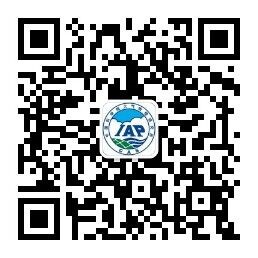Part of the SPIE 2012 International Symposium on Asia Pacific Remote Sensing
Kyoto, Japan
Conference Chairs: Tadahiro Hayasaka, Tohoku University (Japan); Eastwood Im, Jet Propulsion Laboratory(United States); Kenji Nakamura, Nagoya University (Japan)
Program Committee: V. Chandrasekar, Colorado State University (United States); Naimeng Lu, Chinese Meteorological Administration (China); Byung-Ju Sohn, National Seoul University (South Korea); Graeme Stephens, Jet Propulsion Laboratory (United States); Song Yang, Naval Research Laboratory - Monterey (United States)
Advanced remote sensing instruments provide the vital component of global observing systems for planet Earth. New and emerging methods for atmospheric remote sensing, including clouds, precipitation, aerosol,pollutants, trace gases, greenhouse gases, atmospheric winds, etc., that combine different types of observations spanning over a huge range of the electromagnetic spectrum are now beginning to emerge with the advent of new global observing systems like the A-Train. Towards this, there are emerging developments taking place in the areas of atmospheric chemistry instruments involving advanced spectroscopy, high spectral resolution atmospheric sounders, cloud profiling and precipitation radars, as well as advanced optical and microwave imagers and earth radiation budget radiometers. Developments of such instrumentations bring challenging applications, not only in developing newer techniques to analyze them but new approaches to integrate the observations from the different sensors.
This conference will focus on the current accomplishments and future advancements of the remote sensing techniques and instrumentations to optimize the use of new and upcoming satellite data aimed at advancing our understanding of processes important for understanding on global environmental change. Community members are invited to bring to the meeting their interests in elements such as instrumentation, technology, modeling, algorithm, processing, information distribution, application, and the synergy among them. With individual and invited expert presentations and hallway informal discussions, this meeting will foster international, institutional, and personal collaboration and interaction to advance remote sensing knowledge and skill to meet increasing demands for understanding and management of our environment. Papers are solicited in the following and related topics:
. orbital, suborbital, and ground-based atmospheric remote sensing instruments, including characteristics, calibration, algorithm development, data processing, and applications;
. atmospheric sounding methods including next generation sounders and GPS methods;
. cloud, precipitation, and aerosol remote sensing and retrieval techniques including profiling approaches;
. trace, greenhouse, and pollutant species remote sensing;
. radiative transfer modeling of cloud and aerosol;
. data assimilation and data fusion methods, especially as applied to ‘non-traditional’ atmospheric data;
. novel sensor, and sensor data processing and compression techniques;
. validation field campaign, in-situ data analysis;
. multi-sensor methods particularly emphasizing combined active and passive remote sensing techniques; and
. current and future operational and research remote sensing systems and missions.






